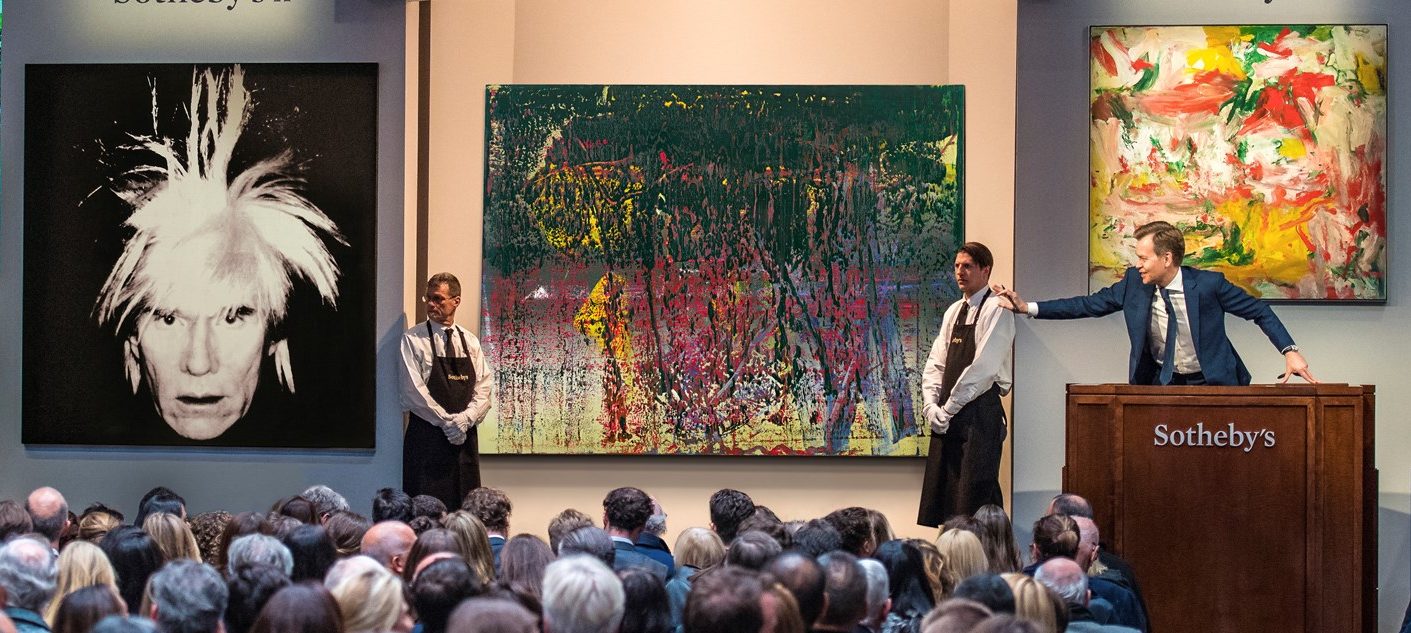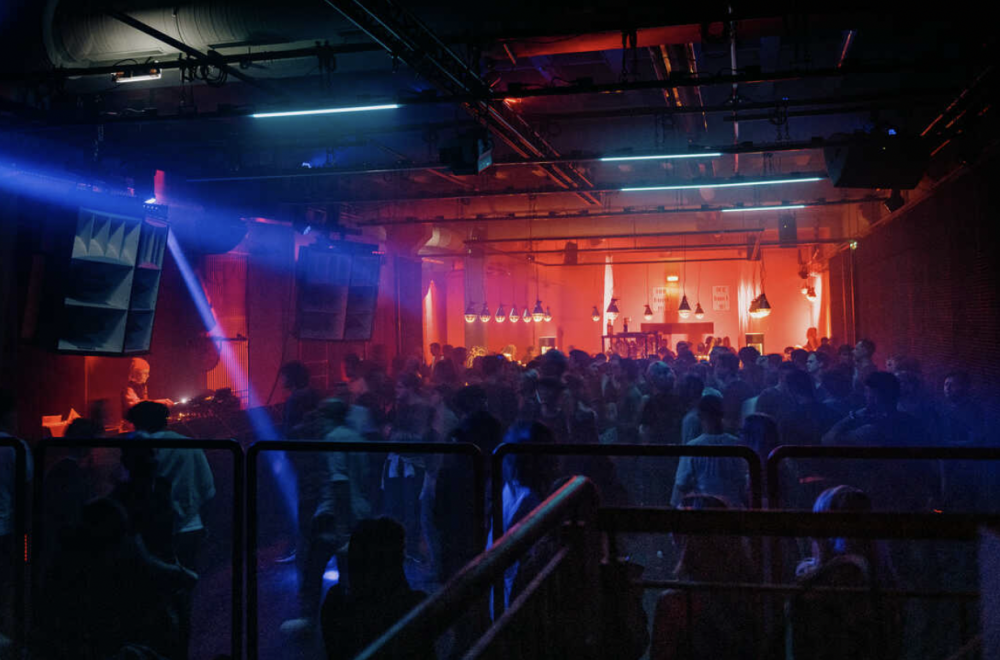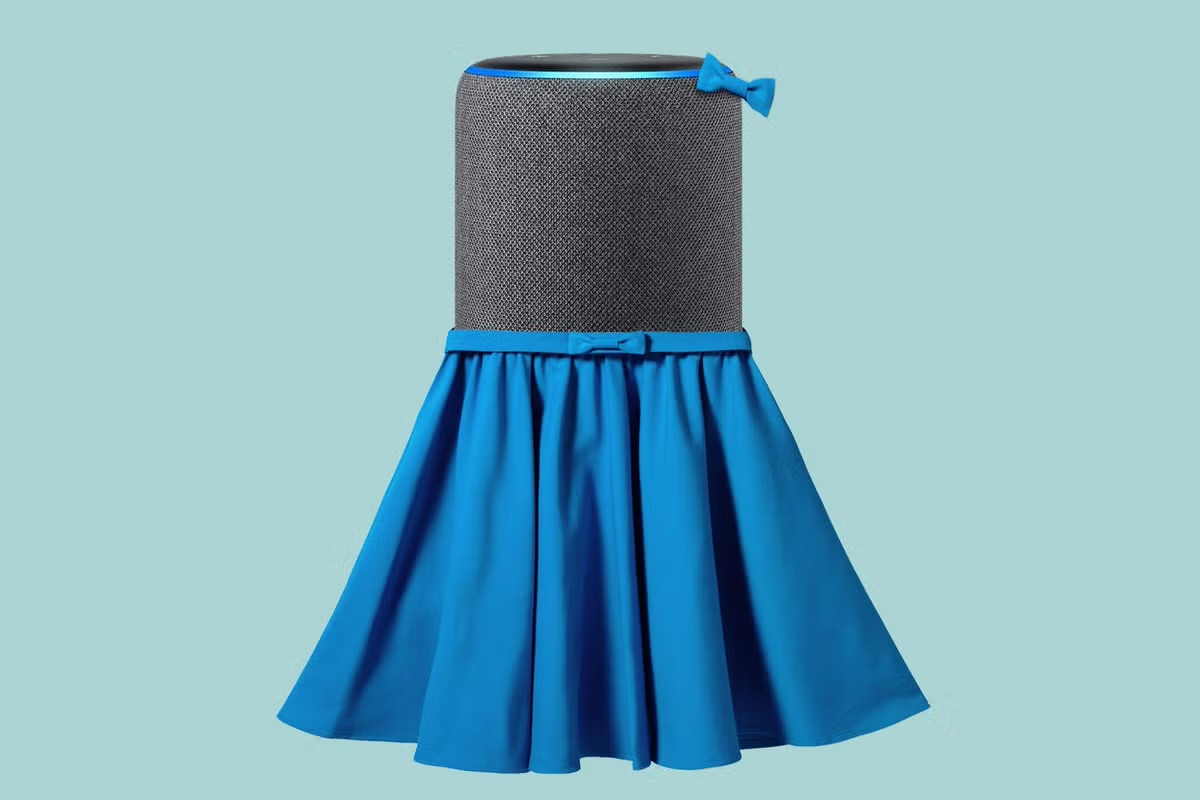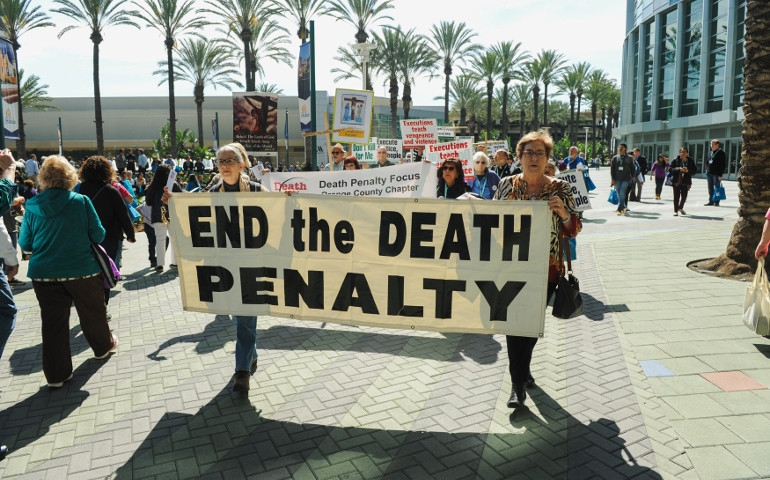
VASSILISA RUBTSOVA – DECEMBER 13, 2018
In 1964, Look magazine published Norman Rockwell’s painting The Problem We All Live With as its centerfold. This powerful work portrays six-year old Ruby Bridges being escorted by deputy U.S. marshals to William Frantz Elementary School, an all-white school that had been forced by the federal government to desegregate, with a racial slur spray-painted behind her. This painting has become an iconic symbol of the Civil Rights Movement and is a testament to the power art has in shaping and influencing politics. From James Ensor criticizing Belgian society, to Ai Weiwei exposing human rights abuses and commenting on Chinese politics and society, artists have carved out an important role for art to play in politics. For generations, art has undeniably served as a tool for artists to express dissatisfaction with their society, critique the status quo, and create a vision for a brighter future.
But while the art world has fully embraced its intersectionality with politics, with some exceptions, the art world has staunchly denied any connection to economics. To them, the art world is free from the rules and logic that govern economics. In 1998, late Guggenheim art curator Robert Rosenblum was quoted in the Wall Street Journal saying, “I immediately distrust anybody trying to detect patterns … in art, especially in terms of economics.” Art professionals consider the production and sale of art a whimsical, irrational process. The supply is rooted in the creativity of the artist, the demand is based on the spontaneous and ever-changing tastes of buyers, and pricing is an unquantifiable process. To Sotheby’s chief auctioneer, Tobias Meyer, the appraisal of art is a “magical” process.
It seems rather unlikely that a market valued at $63.7 billion in 2017 could be entirely independent of the laws of economics. Those in the art world who reject its relationship to economics ignore how the art market is governed by the principles of economics and how the art market reflects the state of the economy. The two are inherently intertwined and while one is albeit a bit drier than the other, they share more than art professionals like to think. And it is the connection art has to the economy that exposes the rampant hypocrisy of the art world.
Art itself can definitely be “magical” but the markets that govern its production and sale are not. The investment returns on art are governed by economic rules and processes. University of Chicago economics professor David Galenson challenges the notion that art markets are entirely illogical and points to several key elements that show that art markets are no less rational or illogical than any other market in his article for the Huffington Post “The Not-So-Curious Economics of Art”.
First, he points out that the pricing of a painting is determined by a number of factors, none of which are based on “magic”. Art scholars place different values on different works based on their influence, public reception, execution, and the age of the work; then, those works are sold based on those valuations. Well known and vintage artists’ works will be sold at higher prices than the work of artists that are not well known or vintage. Art professor Clara Lieu emphasizes, “The artist’s position in the art world is probably the most important aspect to consider.” So while the valuation of art may be determined by certain unpredictable and unexplainable reasons, the pricing that comes with this classification of artists and their work is entirely rational.
What further solidifies the fact that art markets are logical is that the fine arts are a sound investments. The 2018 Wealth Report shows that in 2018 art investment has grown 21% from 2017 and has outgrown investment grade wine in number of investments. While it is difficult to accurately and holistically assess the investment value of art, one study that employed auction values to find the rates of return on art found that American painting had an annual nominal return rate as high as 12.2%.
This is where the hypocrisy of the art world starts to show. Artists produce works condemning and criticizing our society. But ironically enough, works such as Andy Warhol’s Green Coca Cola Bottles, a critique of consumerism and capitalism, sold for $57 million. This is emblematic of how the world of fine art which exists to inspire, to challenge, and to foster change has become an enabler of the world’s wealthiest people.
The art world enables the wealthy by giving them yet another way to expand their investment portfolios and gain more wealth and status with the procurement of artwork. It’s a world that Larry Gagosian, founder of one of the most exclusive art galleries in the world, can only describe to be “a bit of an elitist world.” That’s quite the understatement. In recent years it seems that with every exclusive, grand auction new records are broken for the prices paid for artwork. Jeff Koon’s Balloon Dog sold for $54.8 million in November of 2013 becoming the most expensive work sold by a living artist. In November of 2014, Christie’s, the same auction house that sold Balloon Dog for $54.8 million, sold $852.9 million dollars worth of art in one night. In 2017, a painting by Leonardo da Vinci was sold for over $450 million. These are prices only palatable for the Ultra High Net Worth Individuals, or “UHNWI”s, whose combined worth is $63.5 trillion.
Art has become a major asset to the “UHNWI”s. CEO of the investment management firm Blackrock, Laurence D. Fink, points out that art has become a growing space for wealth storage and has replaced gold in this capacity. And the art world excitedly drinks up this steadily growing capital flow. Accounting firms Deloitte and ArtTactic estimate that art investment funds have grew 60% in assets in 2016. These assets were estimated to be worth $1.03 billion.
The skyrocketing prices of artwork is reflective of these trends as demand from the wealthy elite for art grows. There are new emerging billionaires in countries such as China and India who are investing more and more into the fine arts. Billionaires in European countries and the United States are also consistently investing. The art market is projected to grow to over $100 billion dollars by 2025 as a direct result of the expanding, concentrated wealth of UHNWIs.
Art is becoming a popular investment for the wealthy for a number of reasons. As previously mentioned, certain types of art have high rates of return making it a lucrative investment. In addition, investing in art is a way to diversify one’s investment portfolio and build long term wealth. Purchasing the right work by the right artist is investing in an asset that will grow in value over time. And unlike stocks, bonds, and mutual funds, this investment is a tangible product that one can hold and protect. Art is not as sensitive to fluctuations in the market the way stocks are and is more stable than traditional forms of investment. The art market performs well during recessions and times of high inflation, providing much appreciated stability in an investment portfolio. That is exactly why Deloitte projects that $2.7 trillion of wealth of UHNWIs will be allotted to art investments by the year 2026.
What makes art even more an interesting investment than stocks, bonds, and mutual funds is the cultural, social, and psychological value of art investments. Purchasing art is a sign of status and in procuring a highly-valued piece, the owner now has unlimited access to an incredible work that has cultural and emotional significance.
But it is an investment reserved for only the most privileged and the most elite. It only serves to make the wealthy wealthier and in control of yet another aspect of our society. Capital flows through the art world and rarely does this capital trickle down past the immediate players in art market transactions. Thus, the art market serves as a way for wealth to remain in the hands of the wealthy and out of the overall economy. Granted, the art market does create jobs and in many bolsters the economy, but this contribution is disproportionately low relative to the amount of money flowing through the market.
Ultimately the boom of prices and art investments points to the greater trend of wealth inequality in the world. While art represents economic growth, it is more of a marker of wealth inequality and the increase in wealth of UHNWIs rather than collective economic growth. It is only the richest of the richest making these investments and benefitting from them. The art world is very much closed off to the rest of the world making art in many ways inaccessible and elitist.
So while art critics, curators, and artists alike claim that art is an independent, progressive sanctuary for creativity and free thought, they paint a portrait of hypocrisy as they cater to the wealthy that seek to boost their investment portfolios while wealth inequality continues to be a prevailing problem across the world. But it’s not like the art world is entirely unaware of this. As Barbara Kruger once said, “Listen: our culture is saturated with irony, whether we know it or not.”
Featured Image Source: Observer
Disclaimer: The views published in this journal are those of the individual authors or speakers and do not necessarily reflect the position or policy of Berkeley Economic Review staff, the UC Berkeley Economics Department and faculty, or the University of California, Berkeley in general.



